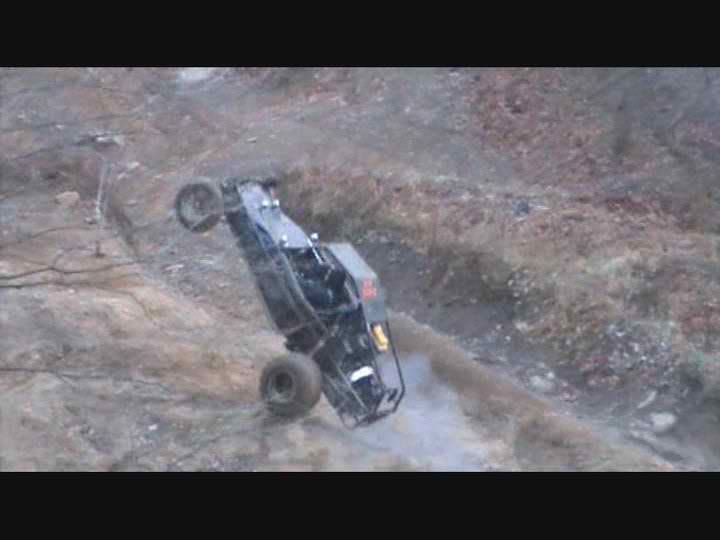| It is currently Sat Apr 27, 2024 6:55 am |
|
All times are UTC - 5 hours [ DST ] |
 
|
Page 1 of 1 |
[ 10 posts ] |
|
| Author | Message | |||||
|---|---|---|---|---|---|---|
| ridenrace6 |
|
|||||
Joined: Mon Mar 16, 2009 12:37 am Posts: 2737 Location: moulton,al |
|
|||||
| Top | |
|||||
| Bubbalowe |
|
||||
|
Joined: Sat Oct 17, 2009 10:01 am Posts: 321 Location: Butler, PA |
|
||||
| Top | |
||||
| Firebug |
|
|||||
Joined: Wed May 30, 2007 2:01 pm Posts: 5137 Location: Hazel Green, Alabama |
|
|||||
| Top | |
|||||
| ridenrace6 |
|
|||||
Joined: Mon Mar 16, 2009 12:37 am Posts: 2737 Location: moulton,al |
|
|||||
| Top | |
|||||
| racefreakj77 |
|
|||||
Joined: Wed Mar 18, 2009 11:19 am Posts: 506 Location: Clarksville TN |
|
|||||
| Top | |
|||||
| WayneJ |
|
||||
|
Joined: Wed Aug 26, 2009 9:21 am Posts: 36 Location: Portsmouth, Ohio |
|
||||
| Top | |
||||
| giveitagallon |
|
|||||
Joined: Tue Sep 08, 2009 4:43 pm Posts: 1847 Location: rittman,ohio ----------- wellsville, water cooled chapter |
|
|||||
| Top | |
|||||
| MadMike |
|
|||||
Joined: Fri Mar 02, 2007 11:55 pm Posts: 2304 Location: S.W. Pa. Wellsville Water Cooled Chapter |
|
|||||
| Top | |
|||||
| MartinB |
|
||||
|
Joined: Fri Jan 07, 2011 6:38 am Posts: 132 Location: Chichester UK |
|
||||
| Top | |
||||
| PhillipM |
|
|||
|
Joined: Fri Mar 19, 2010 5:23 pm Posts: 709 Location: UK |
|
|||
| Top | |
|||
 
|
Page 1 of 1 |
[ 10 posts ] |
|
All times are UTC - 5 hours [ DST ] |
Who is online |
Users browsing this forum: No registered users and 33 guests |
| You cannot post new topics in this forum You cannot reply to topics in this forum You cannot edit your posts in this forum You cannot delete your posts in this forum You cannot post attachments in this forum |
 If your clutch ain't slippin,, you probably got it adjusted right!!!!!
If your clutch ain't slippin,, you probably got it adjusted right!!!!!

